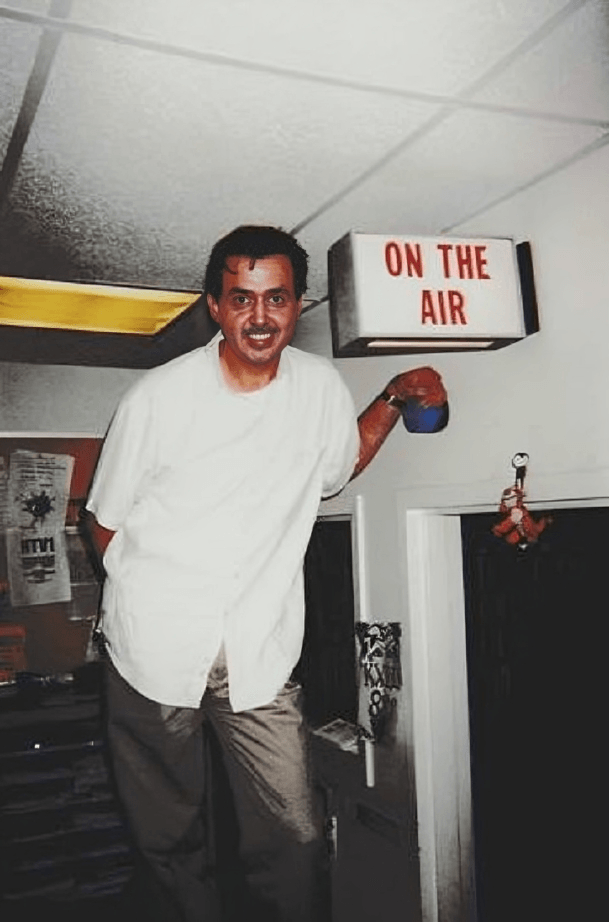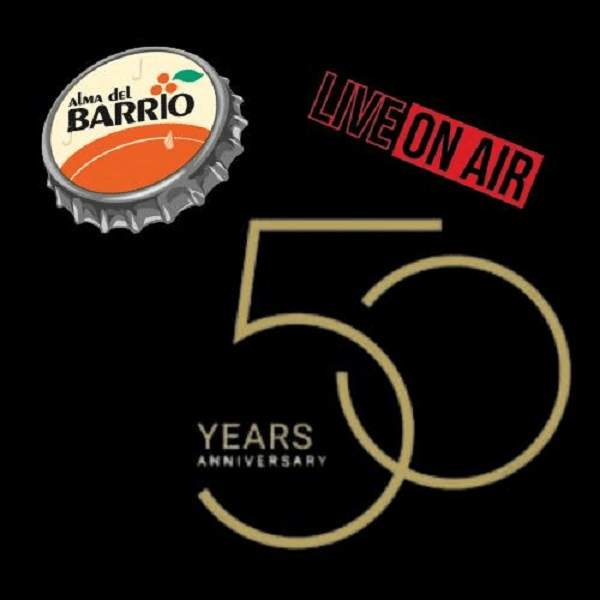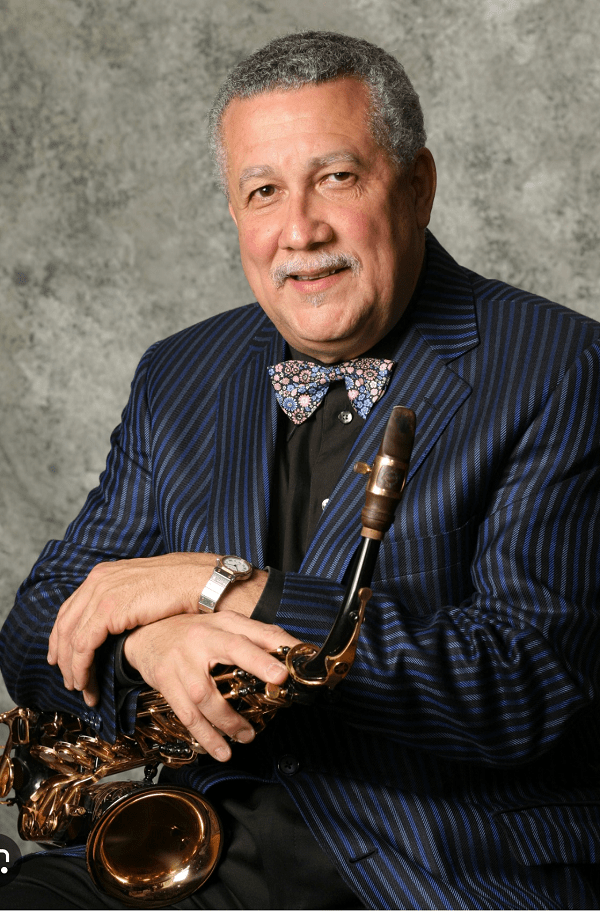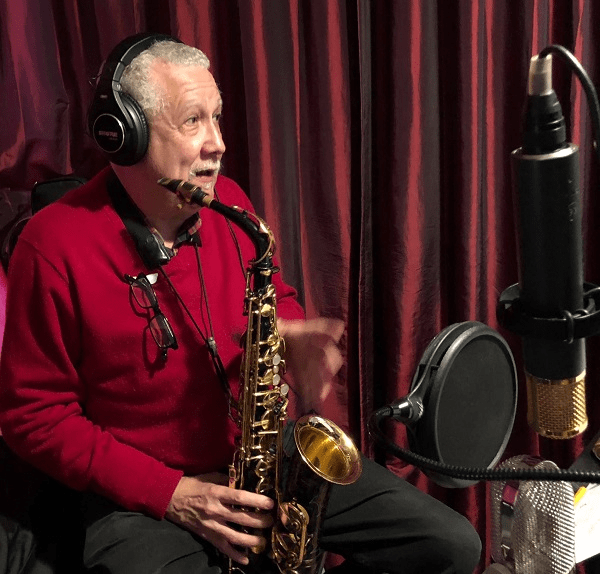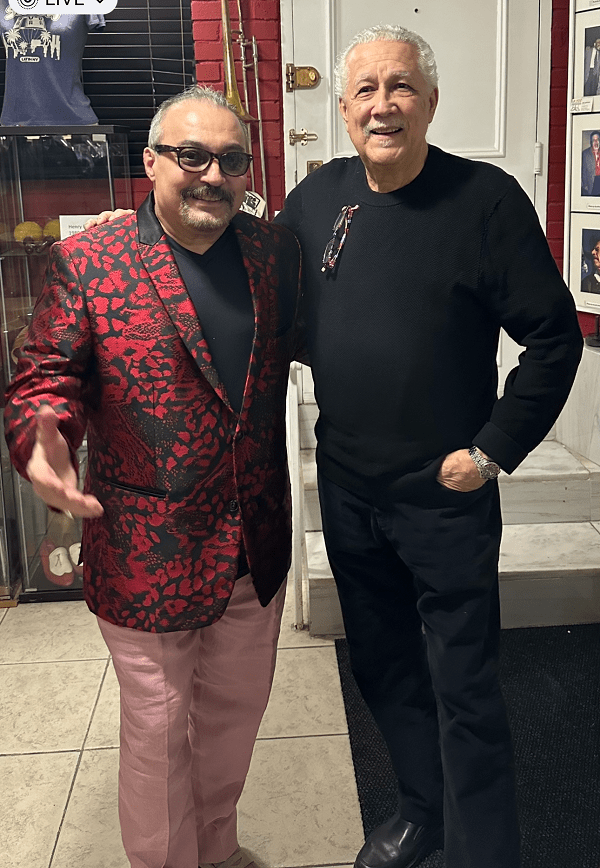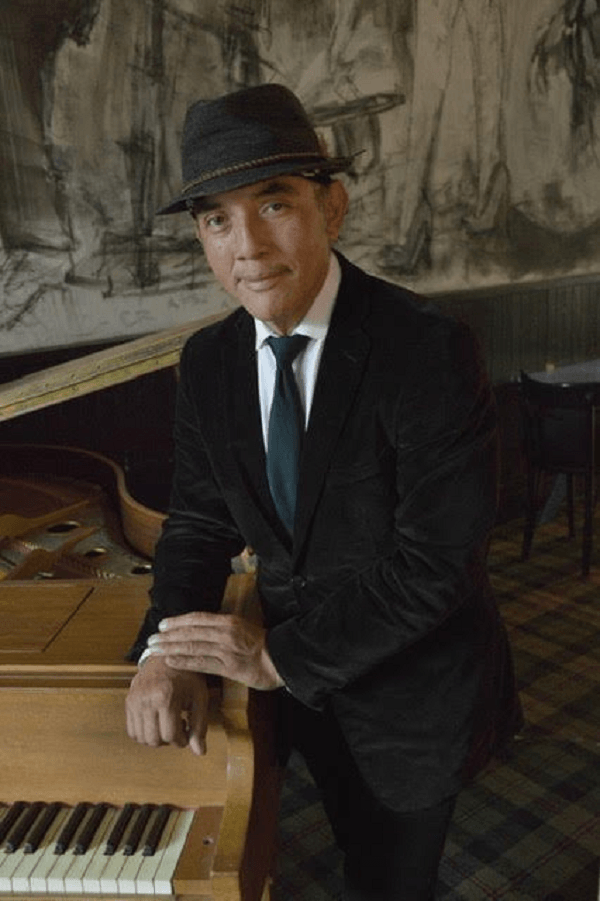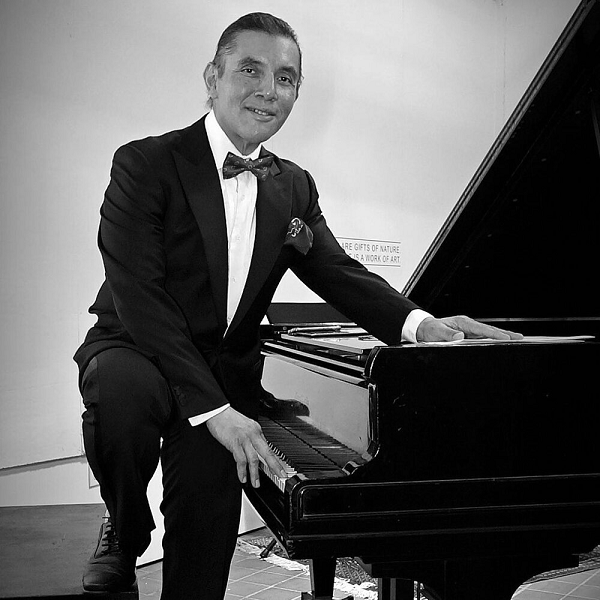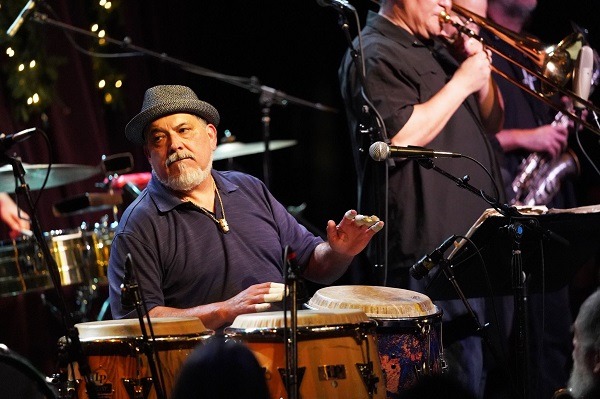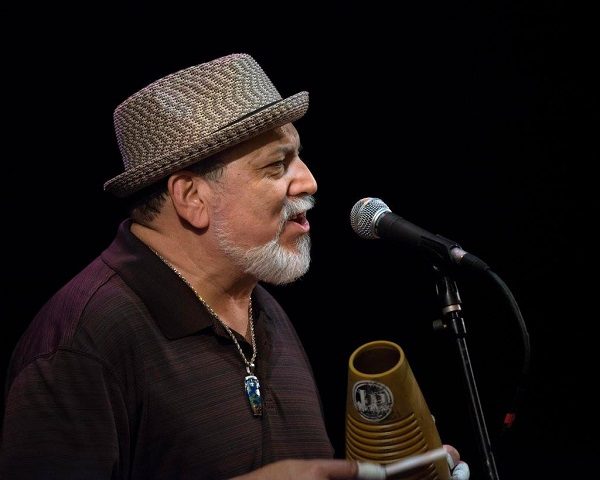Cuba is and will continue to be one of the main cradles of the best artists in Latin America and San Miguel Perez is one of those cases. The producer, composer and singer gave us an exclusive interview to talk about his musical beginnings, his history and what he is currently working on. Don’t miss it!
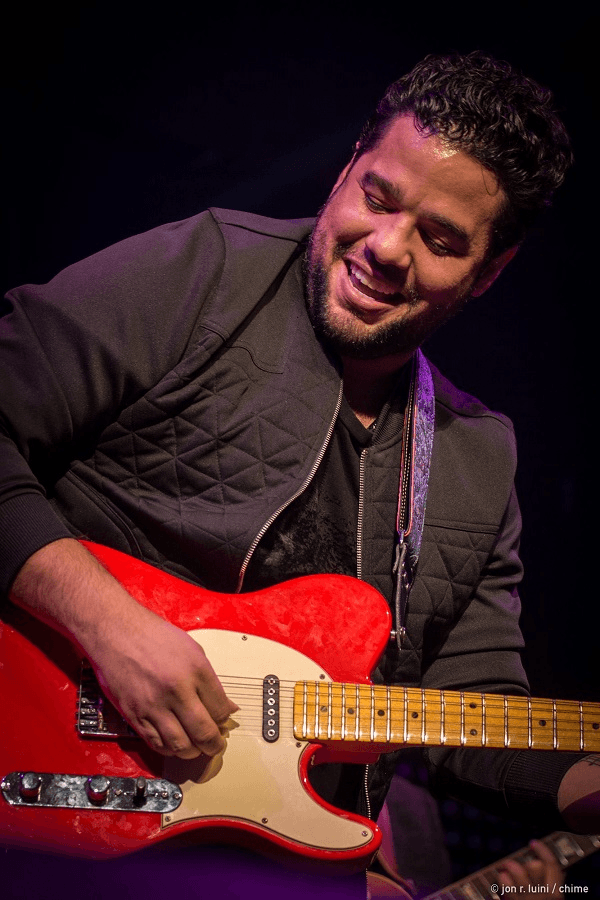
San Miguel, El Tresero Moderno
San Miguel is known in his country as ”El Tresero Moderno” (the modern tres player in English) due to the styles he uses when playing. He chose the Cuban tres as his main instrument because it is a very important icon in the music of his country and the one that most represents Cuba internationally,
His first contact with music occurred at the age of 10, when he began studying classical music, but adding the Cuban tres. He followed this same path throughout high school and university until he became part of some Cuban popular music groups such as Los Jóvenes Clásicos del Son and Adalberto Álvarez y Su Son.
Together with the latter group, he released the album ”Respeto Para Los Mayores”, which was very popular at the time. This success led them to collaborate with great orchestras such as Los Van Van, with whom they shared the stage sometimes.
On one occasion, one of the members of Los Van Van took the stage to jam with the guys of Adalberto Alvarez y Su Son, including San Miguel. Seeing the Cuban’s talent and style with the tres, he baptized him with the nickname ”El Tresero Moderno”. This nickname had to do with his playing and the influences that the artist brings to the instrument when making a solo.

Cubadisco
San Miguel was twice awarded with the Cubadisco Award, one in 2011 in the category of Best Tresero and the other in 2013 in the category of Best Traditional Cuban Music. These recognitions were very important for the musician, as the award was the result of a previous contest, which was focused on the work of treseros, singers and pianists from all over Cuba.
The primary objective of this contest was to rescue Cuban music and give new talents a chance to make their art known. Adalberto Álvarez, Frank Fernández, and Mayito de Rivera were part of the contest’s presidency.
Given that San Miguel was one of the winning treseros, the Bis Music label released an album called ”Treseros de Cuba”, material in which the young man was included. This was the album which won the Cubadisco award in 2014.
After receiving both awards, Adalberto Álvarez met up with San Miguel to invite the Cubadisco winner to join his group. He took advantage of the departure of the former tresero in the group to invite him.
Los Angeles
San Miguel’s move to Los Angeles was due to a purely professional issue at first. He went to play with Adalberto Alvarez, Peruvian-American singer Cecilia Noël, her husband Colin Hay from Men At Work and other artists living in the United States. Due to this and other work proposals, he decided to stay in Tampa and, time later, to move to the city of Los Angeles and make it his permanent residence.
It should also be mentioned that many other artists have had to work other jobs outside of music in order to make ends meet, but fortunately this was not the case of San Miguel, who had the opportunity to work only in music and did not need to resort to other activities out of his passion. He has dedicated himself fully to playing, recording and producing music for the past 10 years.
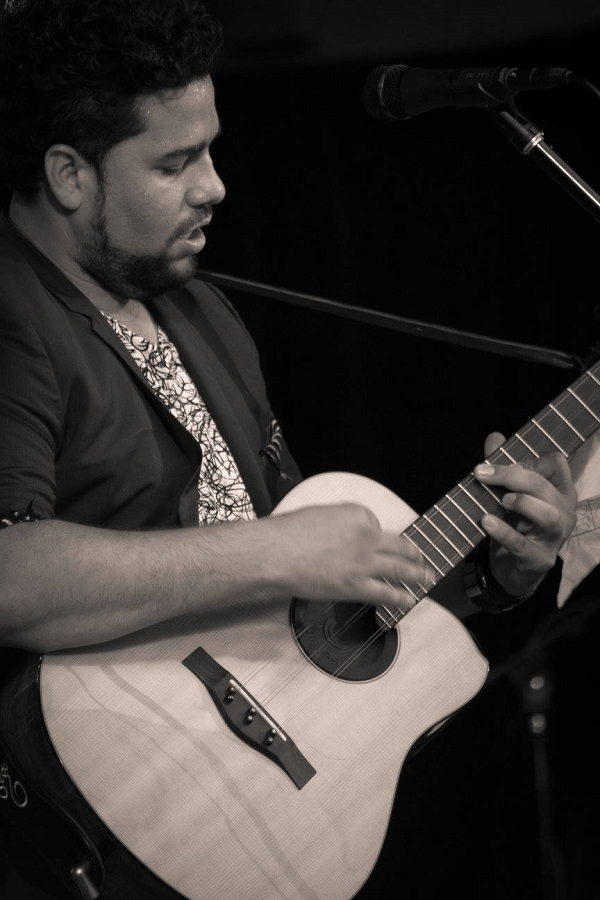
Composition, production and singing
Regarding the areas of music in which he has specialized, San Miguel began by explaining that he made a good improvement in composition during the time he played with Los Jóvenes Clásicos del Son. He also learned to make arrangements based on traditional music, something in which the director of the group, Ernesto Reyes Palma, played a very important role.
Regarding production, the artist did not participate much in that area, but he eventually did in the United States. It is in this country that he officially started his career as a soloist, tresero and artist. Three years after arriving in Los Angeles, he produced a first album called ”Un Poquito de Amor” in collaboration with Cecilia Noël and Colin Hay in 2017, which was a great learning experience for him, as he was able to experiment and mix many seemingly disparate rhythms.
Other areas in which San Miguel would like to specialize are sound engineering and remastering, but he is working hard to do so.
Current projects
As for the current projects, he is currently promoting his single ”Besito Bon Bon”, which is the main song of his new album. In fact, San Miguel and his team are planning to give this same name to the whole album. On this occasion, he mixed electronic sounds with traditional Cuban music to give a much more modern rhythm to the traditional genres coming from the island. The album has nine songs, is produced by Jay Carona and contains some collaborations with Cecilia Noël.
Read also: Musical history of Roosevelt Cordova ”El Presidente de La Salsa”

